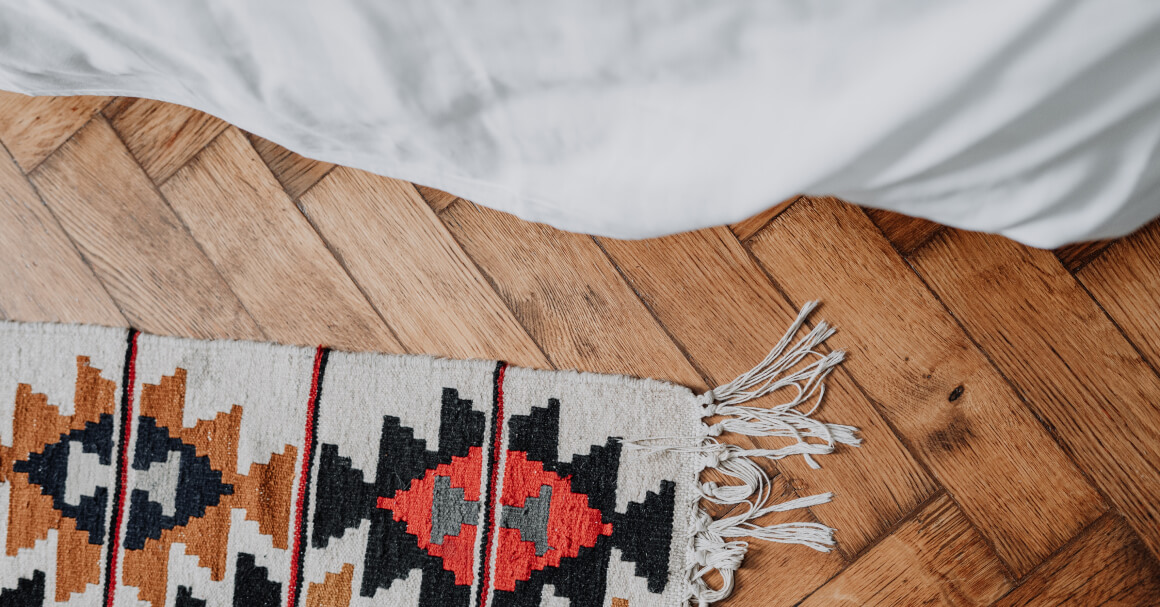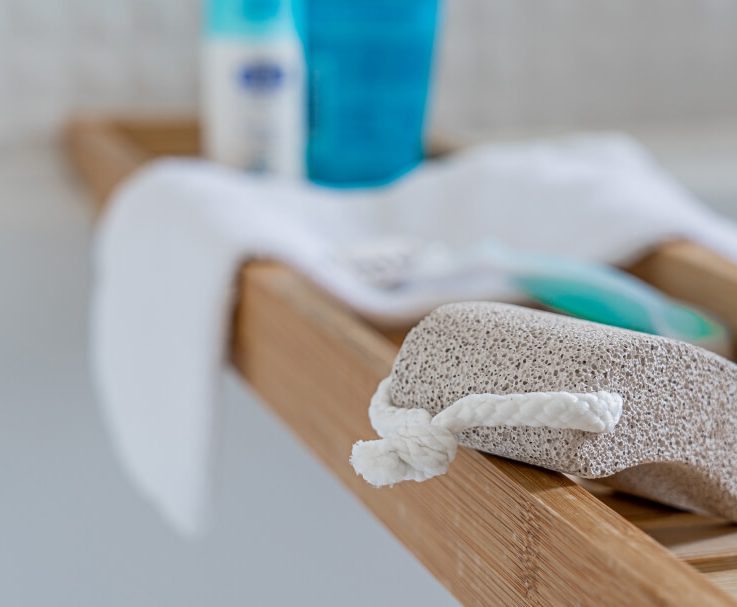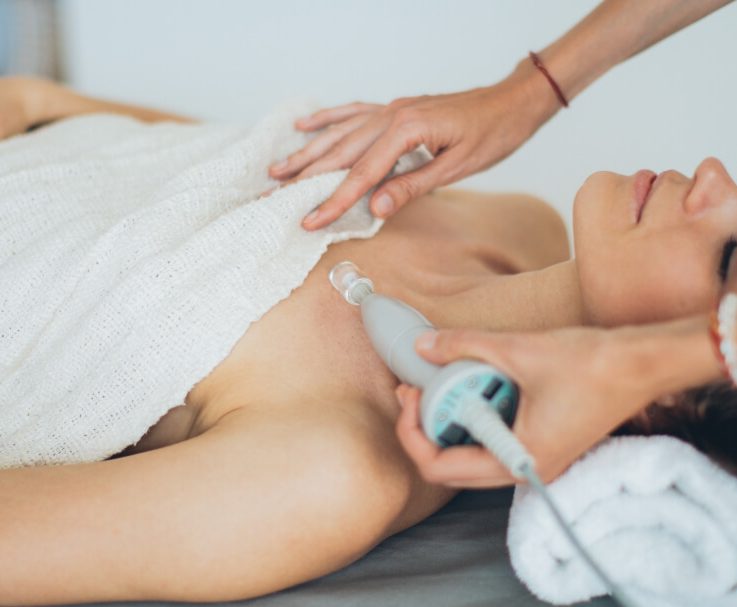If you’re like most people, you associate workout routines with more than just fitness. Aches and muscle strain are as intrinsic to your gym membership as smoothies and weights. They don’t have to be, though. If you work regular massage into your fitness schedule, you can avoid those dreaded cramps. Deep tissue work can improve your performance and prevent injury. Let’s find out how.
Improved Range of Motion
The more movement your joints can manage, the more effective your workouts will become. Range of motion can lengthen your flexions and thus improve their impact, so your weight-bearing exercises will deliver better results. Range of motion exercises affect everything from your ligaments to your joints, so they play a role in the precision of your movements. To enjoy those benefits, your body must go through both passive and active tension.
Massage will encourage those movements, thereby improving muscle growth. By helping to activate more regions of the muscles, it will play a key role in delivering your best results. This element has an important role to play in restoring muscle balance and postural stability. A long-term massage routine will loosen you up to tone under-used muscles.
If you’re an athlete, it will also add accuracy to your performance, so you can get the most out of your active tension. A post-workout massage will improve your circulation, speeding up healing so you can optimise your next workout.
Reduced Inflammation
Inflammation and pain usually come hand in hand with muscles. They’re natural responses to muscle trauma, so they tend to happen every time you work out. Strenuous exercise does genuine damage, but it doesn’t have to. Massage can stimulate mitochondrial growth which, in turn, invites energy release. These tiny powerhouses give your cells the energy they need to heal so that you can prepare for your next workout sooner.
Studies show that massage reduces your stress hormones. Low cortisol levels decrease blood pressure and inflammatory cytokines while increasing serotonin. That encourages clarity and concentration, so you can expect better results the next time you’re on the field or track.
Pain Reduction
If you want to reduce post-workout pain, you need to address the swelling, but you need not do so after the pain has occurred. Massage can prevent spasms after an intense workout if you time it well. Deep tissue massage will work out knots in the deepest regions of your muscles, stimulating blood flow and releasing tension. In this condition, your muscles are better able to heal, so your post-workout pain should improve.
Massage also reduces anxiety. Happy athletes heal better, so your mental health should be a core part of your fitness goals. Use your massage time to practice mindfulness, and you’ll become a force to be reckoned with the next time you work out.
Relaxation
If there’s one thing massage achieves best, it’s relaxation. “Me” time is an important part of any fitness routine. It can act as a psychological reward that improves your commitment to your routine. By activating the parasympathetic nervous system, massage also puts you in the reduced tension state required to concentrate.
A calming Swedish treatment encourages your body to move important nutrients to the muscles while simultaneously dialling up your focus. A soothed and peaceful mind leads to an energised body.
Injury Prevention
Falls and awkward landings cause more injuries than any other workout error. You need to be lithe, loose and balanced to reduce your injury risk. The more mistakes you make during your workouts, the more injuries you’ll suffer. Therapeutic massage will make you nimbler and more responsive, reducing muscle tension and the injuries it causes. It also corrects postural imbalances and improves gait, so you can look forward to fewer falls.
Deep tissue massage takes a different approach by reducing tension and rehabilitating injuries, particularly repetitive strains. If you’re suffering from a severe injury, it can block pain signals, improve relaxation, and reduce agonising spasms. When you encourage blood flow to damaged nerves, you speed up healing so that you can approach your next workout with a healthy, flexible body.
Performance Enhancement
Excellent sporting performance relies on a range of motion and flexibility. Massage improves both by preventing tightness and working out knots. It can stimulate muscle reflexes mechanically, which improves muscle tone. If you raise your fluid intake after workouts, physiotherapy helps your body to flush toxins away, reducing the pain they tend to cause. The endorphin levels physio increases will improve your focus both on and off the field. A regular massage can stretch out the spams that come with serious injuries, reducing pain and encouraging circulation around your injury.
Massage is a powerful healer, so it should be a core part of any fitness regimen. One or two treatments won’t deliver the best effects, though, so make it a regular part of your routine. Ideally, you should see your massage therapist once a week. Your body will thank you for the commitment.




Excellent sporting performance relies on a range of motion and flexibility. Massage improves both by preventing tightness and working out knots.